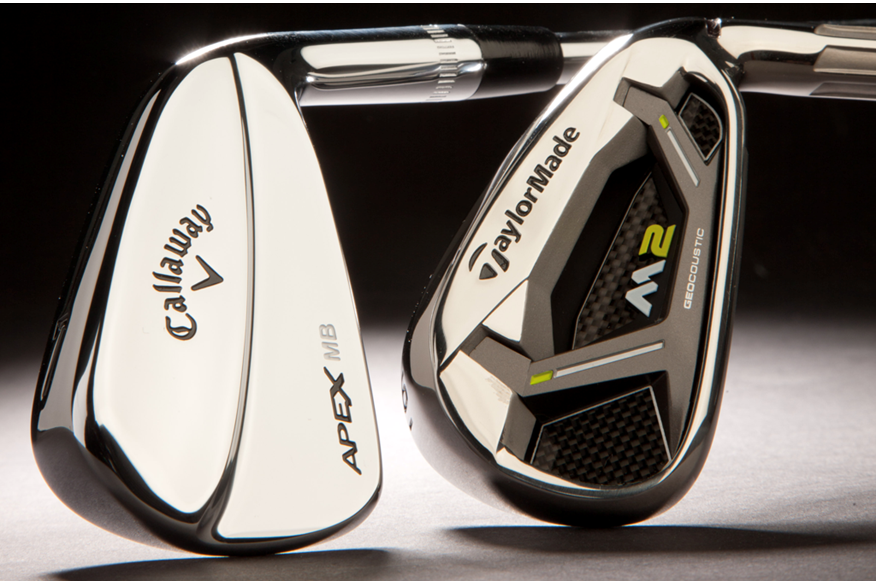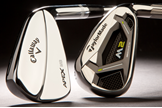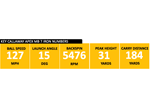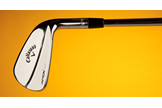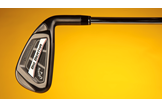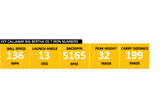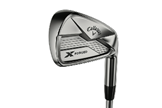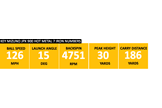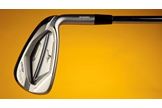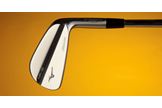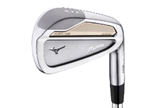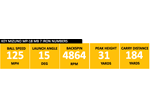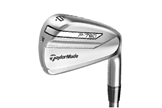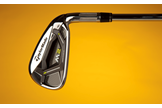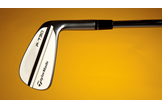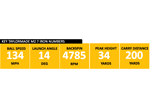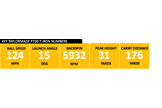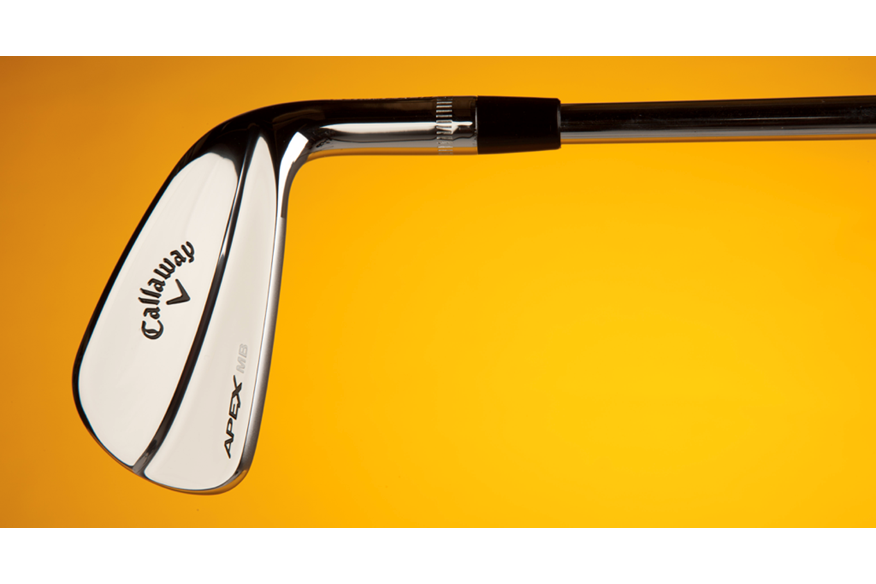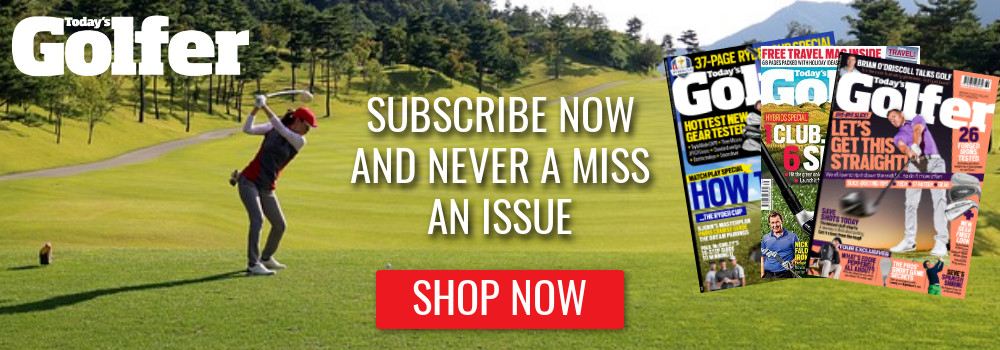REVIEW: Blade vs Cavity irons
Last updated:
Blade vs Cavity irons reviewed: We put the latest forged blade and cavity irons to the test.
Blades or cavity-backs? It’s a debate that’s raged over a pint in golf club bars ever since Ping invented the first Ping Eye cavity iron in the 1960s.
Forged blades, with their smaller, sleeker heads often catch the eye of golfers prone to buying with the heart, not the head. Such beautifully designed models tug at the heart strings, yet for most of us (particularly those who are realistic about our own ability), a larger, chunkier plus-sized cavity-back iron would represent a much sounder investment in performance.
2017 was a stellar year for new forged blades. TaylorMade were first to the party, unveiling Rory’s new P730s. Then Mizuno lifted the lid on their MP-18s, and recently Callaway revealed the new Apex MB.
With such high-profile sets featuring in the bags of Tour stars in 2018, now felt like the perfect time to put the newest forged blades up against their cavity-back cousins. The idea was to show how different the performance really is, and prove whether blades are really only for the best ball strikers in the game.
How we did it:
To ensure an accurate and repeatable strike TG test pro Chris Ryan hit shots with the blade and cavity back model from each brand (using a premium ball) on our launch monitor. We collected data for each shot hit, rejecting major misses. After analysing the data and considering feedback from Chris we came up with our verdict on each.
Meet the tester:
Chris Ryan
Handicap: Pro
Director of the HIT Academy at Forest of Arden.
REVIEW: Callaway Apex MB iron
Verdict:
Callaway haven’t launched a new forged blade for years. In fact, it wasn’t until Rory became a free equipment agent that a new muscleback first appeared on the scene. To any eye the Apex is a thing of beauty, a sleek, slender and beautifully flowing muscleback design. Some will say the polished chrome finish glares in bright sunshine, but when it comes to head shape and raw blade appeal, the MB is top of the pile.
Our test pro reckons less than one per cent of golfers need blades, which sort of bears itself out on tour. Forged irons are hands down preferred by tour players, but only 10 per cent put blades in play. With a 7-iron loft 4° weaker (that’s a whole club of difference), and no speed face tech to speak of, it’s no surprise the Apex MB had a ball speed 9mph slower (which is huge) than the Big Bertha OS. There aren’t many golfers who can give up 15 yards of carry distance with a 7-iron just for a nicer looking club, but it shows brilliantly what’s on the line when choosing a set of irons designed for the world’s best golfers.
Details:
Price: £1,049
Availability: 2-PW, AW
Stock shaft: True Temper Dynamic Gold
7-iron loft and length: 34° /37”
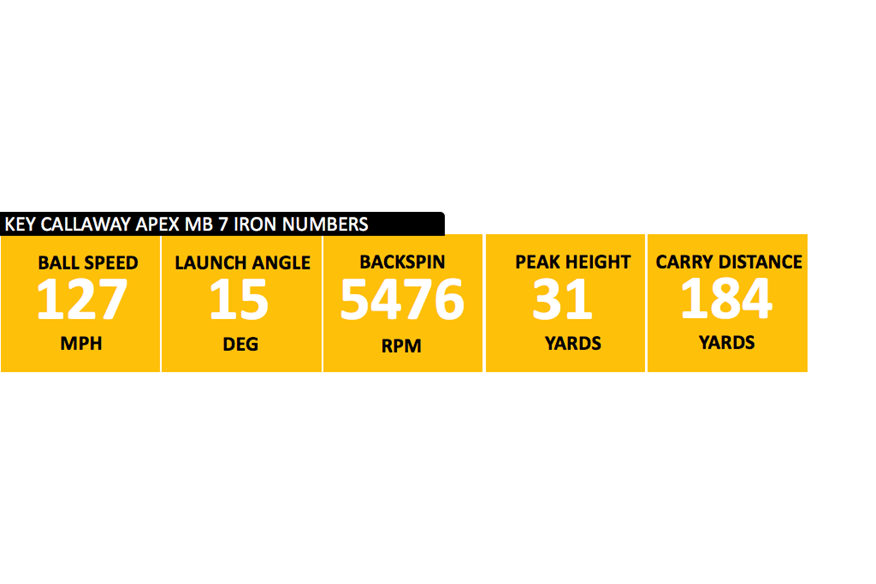
REVIEW: Callaway Big Bertha OS iron
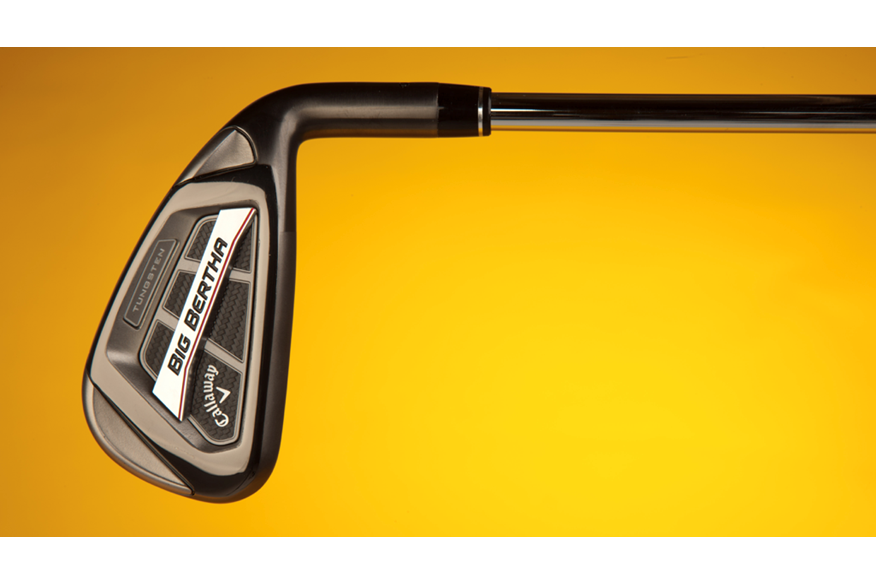
Verdict:
Hollow-head irons are trending up quicker than Justin Thomas’ rise to global golf superstar. Callaway are ahead of the curve as the hollow OS launched 18 months ago and we’ve been big fans of them ever since. And that’s because the benefits of creating an internal cavity iron, like a hybrid, are huge. Like never before, it’s possible to increase forgiveness without making the head the size of a shovel.
Inside the OS head there’s a cage like structure which removes inefficient weight from every conceivable corner. Yes, the OS has a stronger loft than the MB, which is in part where the extra ball speed and distance come from. But what’s really impressive is how shots peak out higher than the blade, meaning shots not only go further, with increased consistency, they also stop on a green, too.
Details:
Price: £849 (s) £1,099 (g)
Availability: 4-PW, AW, SW (stock set 4-PW or 5-SW)
Stock shaft: True Temper Speed Step 80 (s), UST Recoil ES 460 (g)
7-iron loft and length: 30° / 37.25”
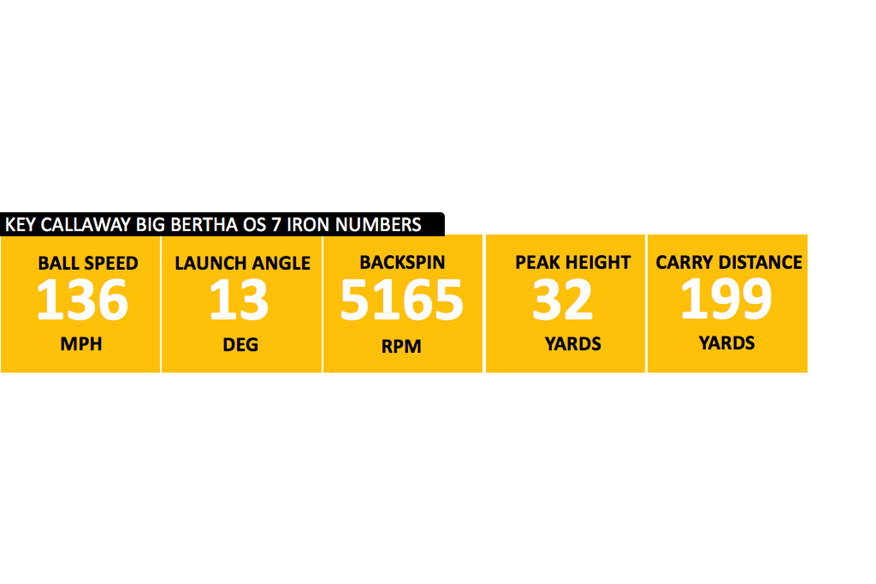
If these two are too extreme…
Callaway’s new X Forged irons aren’t quite in the middle of the range between the OS and MB, but they give an excellent indicator how much more forgiveness a cavity back brings to the party over a blade. 2mph of ball speed, five yards of carry distance with a 7-iron and the likelyhood of hitting more greens in regulation more often should be the factor in choosing a forged cavity over a blade.
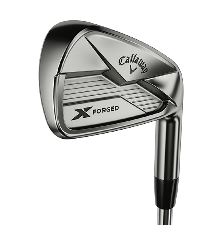
Key Callaway X Forged 7 iron numbers:
Ball Speed: 129 mph Launch angle: 15deg Backspin: 4958 rpm
Height: 32 yards Carry: 189 yards
REVIEW: TaylorMade P730 iron
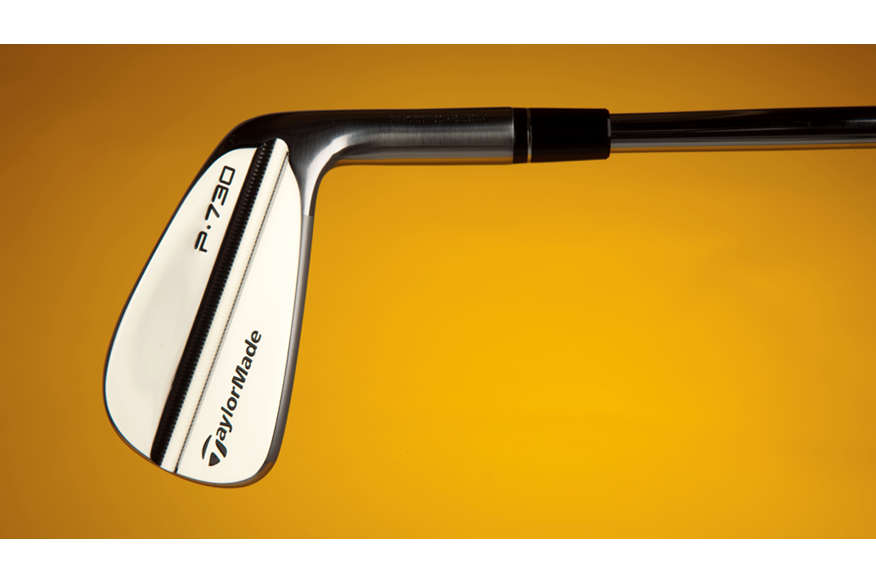
Verdict:
When Dustin Johnson and Justin Rose were both still playing TaylorMade’s 2014 forged blade, iron supremo Tomo Bystedt must have felt some serious pressure when he sat down to design the P730s. Rumour has it Justin Rose helped out with the shaping, DJ told him what not to change and Rory came in at the end and put a set in play before either of them. Forget forgiveness – there simply isn’t any. The best ball strikers in the game want a centre of gravity close to the face so they can think about shaping shots (and it happens) without worrying about changing their swing to loop shots into tight flag positions.
In our opinion there’s very little to choose between the three blades on test (though the P730 is the only one to have CNC milled faces), they’re all stunning. But 24 yards of difference in carry distance from the P730 7-iron to the M2 should set alarm bells ringing if you had any aspirations at all of putting a set of the gorgeous P730s in the bag. DJ, Rory and Rosey get away with it because of their incredible skill levels. The rest of us can only dream.
Details:
Price: £1,049
Availability: 3-PW
Stock shaft: True Temper Dynamic Gold
7-iron loft and length: 35°/ 36.75”
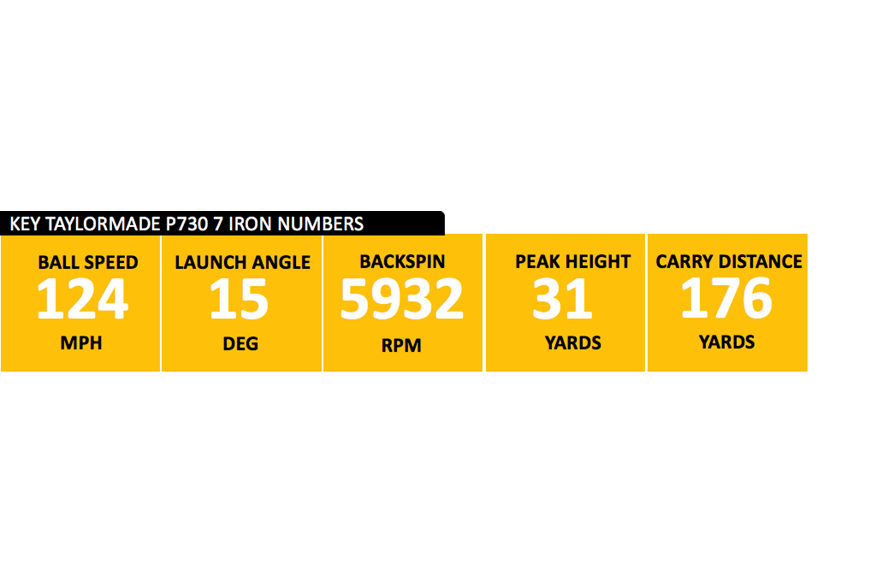
REVIEW: TaylorMade M2 iron
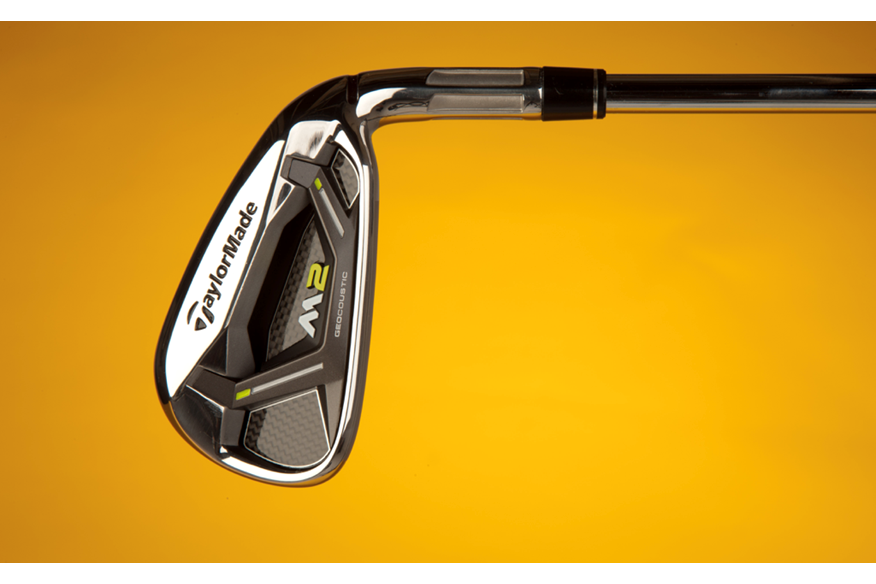
Verdict:
TaylorMade have taken plenty of stick for de-lofting irons to help golfers hit shots further. Unbelievably, the 28.5° M2 7-iron would be a 5.5 iron in a P730 – that’s how much difference there is between these two sets. At the outset of pitting blades against cavities we had no idea the results would be so damning – 24 yards of carry distance difference between P730 and M2 is enormous, and speaks for itself. But an extra 10mph of ball speed from two 7-irons is just light years apart.
Our test pro reckoned the M2 and other cavity irons felt more explosive at impact, which validates at least some of the brand’s fast face tech claims. Even though the M2 has undergone some serious acoustic engineering, sound is very different to the P730. But in our opinion, any average golfer putting such a precedent on sound and feel to give up 24 yards of carry distance with a 7-iron would be absolutely bonkers.
Details:
Price: £699 (s), £799 (g)
Availability: 4-PW, AW, SW, LW
Stock shaft: TM REAX HL 88 (s) TM REAX (g)
7-iron loft and length: 28.5° / 37”
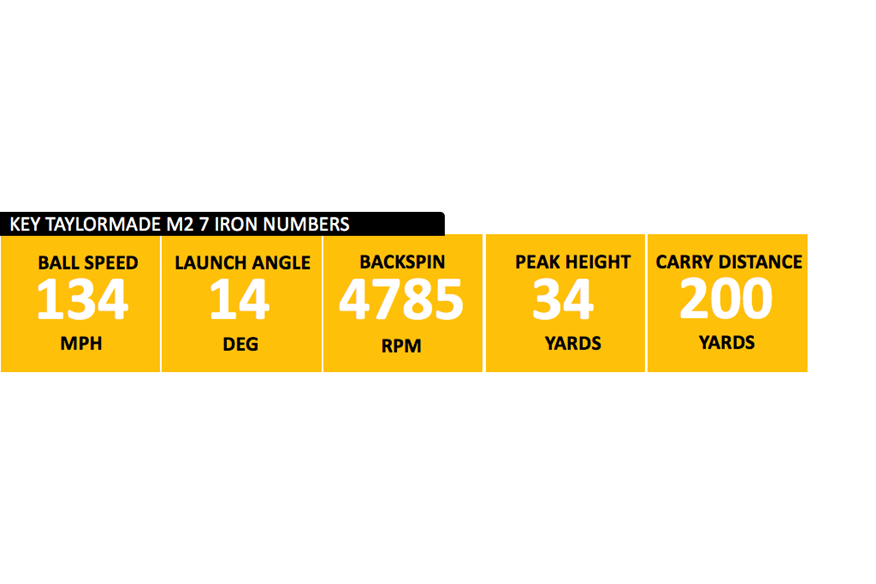
If these two are too extreme…
TaylorMade’s P790s sit right between better player irons and a game improver model. They look great at address, but thanks to the hollow heads rammed full of tech they’re almost as forgiving as a full-on cavity. With ball speed and distance numbers much closer to the M2 than the muscleback, golfers are making much less of a trade-off. A great choice for anyone wanting to move up the ladder to a game improvement “blade”.
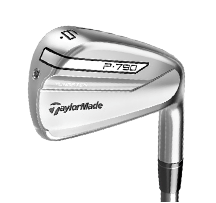
Key TaylorMade P790 numbers:
Ball Speed: 133 mph Launch angle: 14 deg Backspin: 5112 rpm
Height: 33 yards Carry: 196 yards
REVIEW: Mizuno MP-18 MB iron
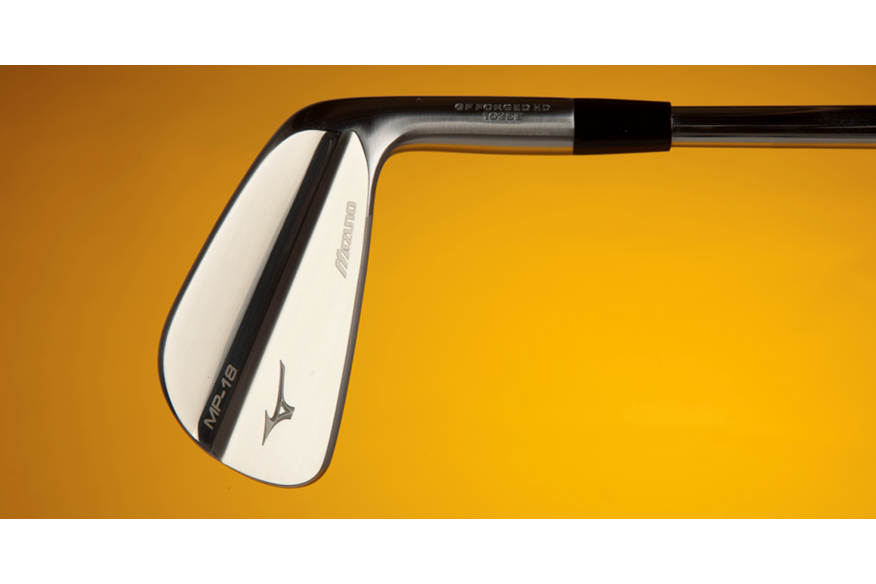
Verdict:
Tour player equipment contracts are getting harder and harder to come by, with the upshot being more pros are playing the gear they like, rather than the gear they’re paid to play. For Mizuno (who never like splashing big bucks on a huge tour staff) it’s been a revelation, as the likes of Paul Casey and US Open champ Brooks Koepka have put Mizuno irons in the bag through choice.
The long-awaited MP-18s were launched in August and judging by the number of forum posts, tweets and Facebook likes there’s some serious love out there for them. They’re a stunning reincarnation of some of Mizuno’s best blades of the past. Even though the sole and top edge are almost half the size of the JPX 900 Hot Metal, our test pro hit them really nicely into a tight dispersion circle. We reckon though if you buy a set of blades you’re highly likely to be guided by brand. Our test shows how musclebacks, made from very similar materials, have little or no game improving tech and very often come with the same Dynamic Gold shaft, so performance is very similarly matched.
Details:
Price: £135 per iron
Availability: 3-PW
Stock shaft: Choose from 16 leading models
7-iron loft and length: 34° / 36.75”
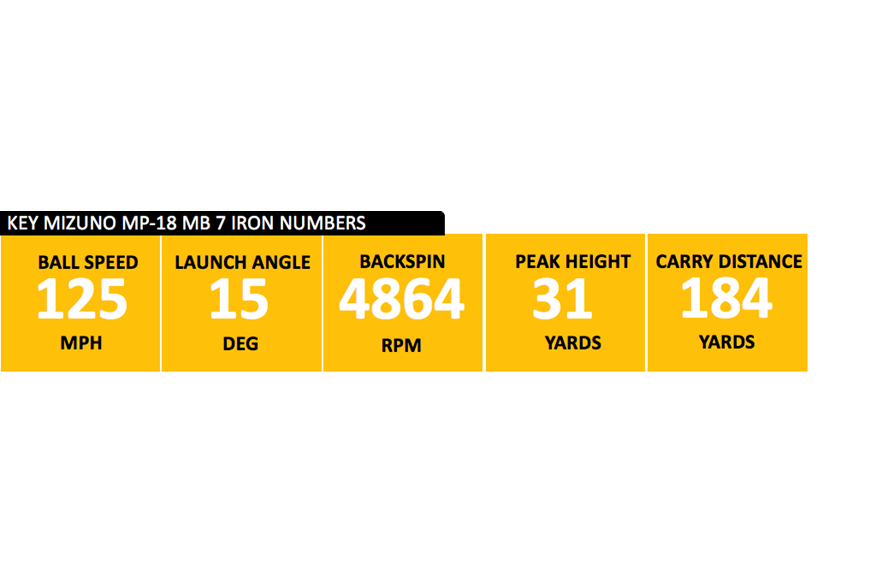
REVIEW: Mizuno JPX 900 Hot Metal iron
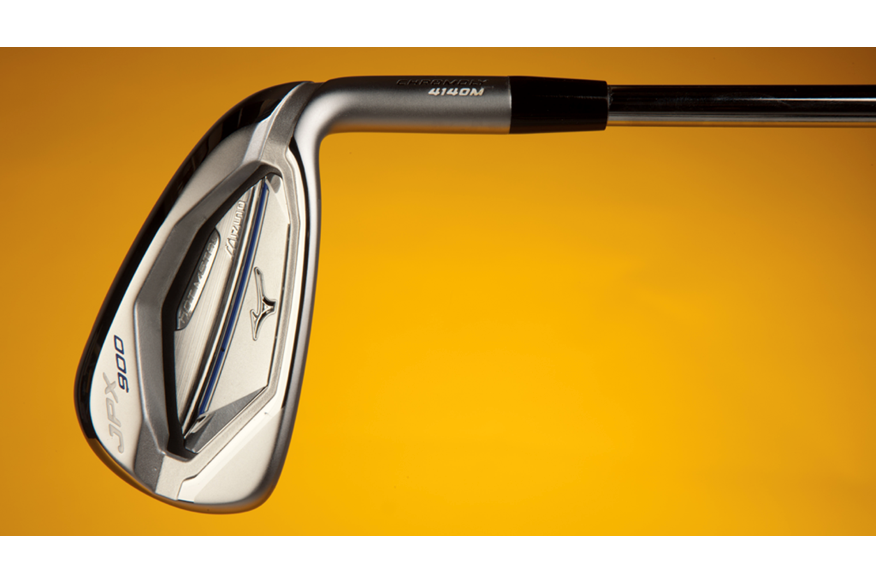
Verdict:
Mizuno’s heritage is forged irons; it’s the product they’re known for making and as such they probably don’t get quite the recognition they deserve for their game improver cast irons. The JPX 900 Hot Metal is certainly nothing like the longest or most forgiving iron out there, but what it does have that many don’t is a great looking head, a sound which is well above average for the category and the option of tons of premium shafts (16 to be precise) at no extra cost.
For us, all of the above, no matter what the hard numbers say, make the Mizuno a very attractive proposition for club golfers looking to role together good looks and as much performance enhancing tech as they can get their hands on. Plus, it’s a Mizuno – a brand that still has a high level of desire among serious golfers.
Details:
Price: £105 per iron
Availability: 4-LW
Stock shaft: 16 options
7-iron loft and length: 31° / 36.75”
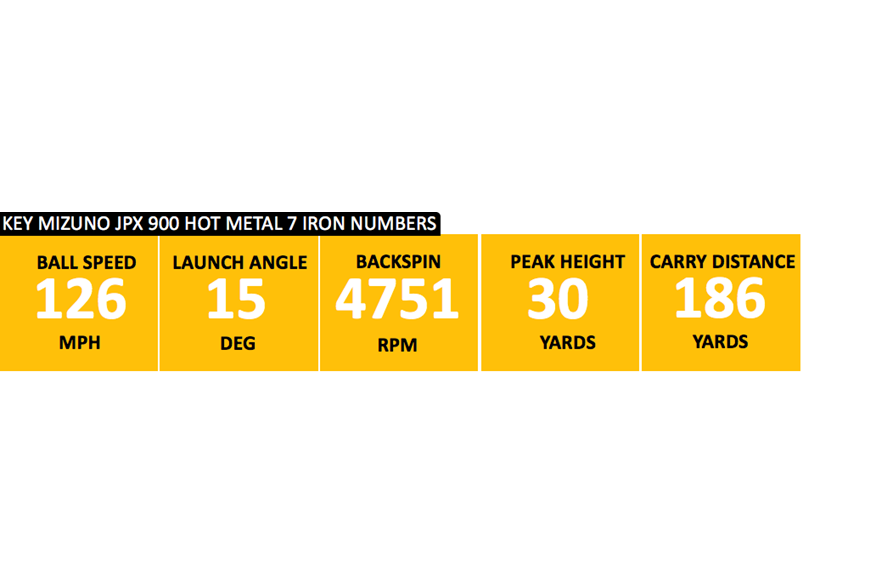
If these two are too extreme…
Mizuno reckon the MMCs deliver similar levels of forgiveness as the Ping Eye 2 iron, which two decades ago was one of the most forgiving irons available. Though the head is forged, with a very bladey like look, tungsten improves playability and forgiveness to a decent level. From a similar 7-iron loft (2° difference to the MB) the MMC offered eight yards more carry and more forgiveness.
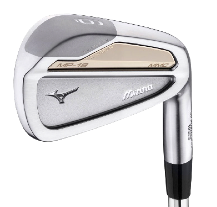
Key Mizuno MP-18 MMC numbers:
Ball Speed: 127 mph Launch angle: 14 deg Backspin: 3972 rpm
Height: 28 yards Carry: 192 yards
